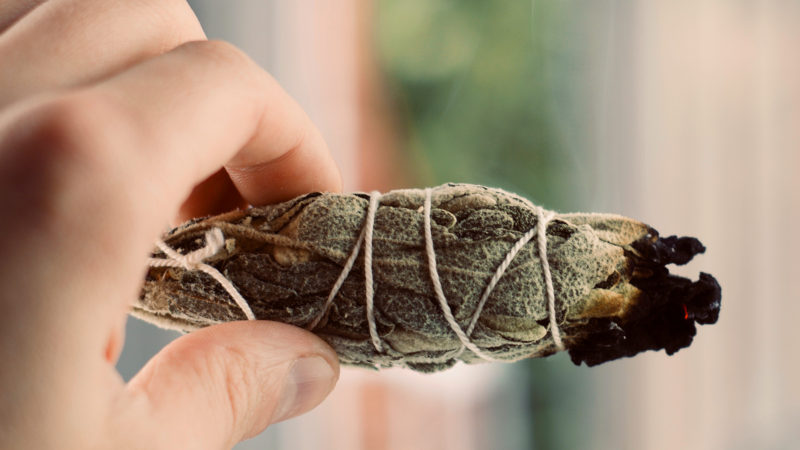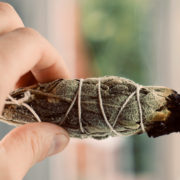Sage is a staple herb in various cuisines around the world.
Its other names include common sage, garden sage and Salvia officinalis. It belongs to the mint family, alongside other herbs like oregano, rosemary, basil, and thyme.
Sage has a strong aroma and earthy flavour, which is why it is typically used in small amounts. Even so, it is packed with a variety of important nutrients and compounds.
Sage is also used as a natural cleaning agent, pesticide and ritual object in spiritual sage burning or smudging.
May Support Memory and Brain Health
Sage can help support your brain and memory in several ways. For one, it is loaded with compounds that can act as antioxidants, which have been shown to buffer your brain’s defence system.
It also appears to halt the breakdown of the chemical messenger acetylcholine (ACH), which has a role in memory. ACH levels appear to fall in Alzheimer’s disease.
In one study, 39 participants with mild to moderate Alzheimer’s disease consumed either 60 drops (2 ml) of a sage extract supplement or a placebo daily for four months.
May Lower ‘Bad’ LDL Cholesterol
Every minute, more than one person in the US dies from heart disease. High “bad” LDL cholesterol is a key heart disease risk factor, affecting one in three Americans.
Sage may help lower “bad” LDL cholesterol, which can build up in your arteries and potentially cause damage. In one study, consuming sage tea twice daily lowered “bad” LDL cholesterol and total blood cholesterol while raising “good” HDL cholesterol after just two weeks. Several other human studies illustrate a similar effect with sage extract.
Easy to Add to Your Diet
Sage comes in several forms and can be used in a variety of ways.
Fresh sage leaves have a strong aromatic flavor and are best used sparingly in dishes.
Here are some ways you can add fresh sage to your diet:
- Sprinkle as a garnish on soups.
- Mix into a stuffing in roast dishes.
- Combine chopped leaves with butter to make sage butter.
- Add chopped leaves to tomato sauce.
- Serve it with eggs in an omelet.
- Dried sage is often preferred by cooks and comes ground, rubbed or in whole leaves.
Here are some ways you can use dried sage:
- As a rub for meats.
- As a seasoning for roasted vegetables.
- Combined with mashed potatoes or squash for a more earthy flavour.
- You can also purchase sage products, such as sage tea and sage extract supplements.













